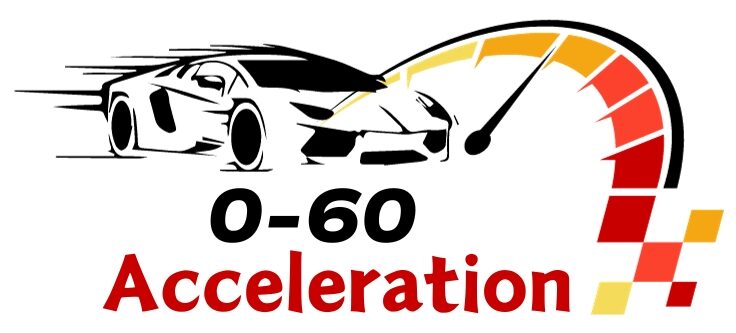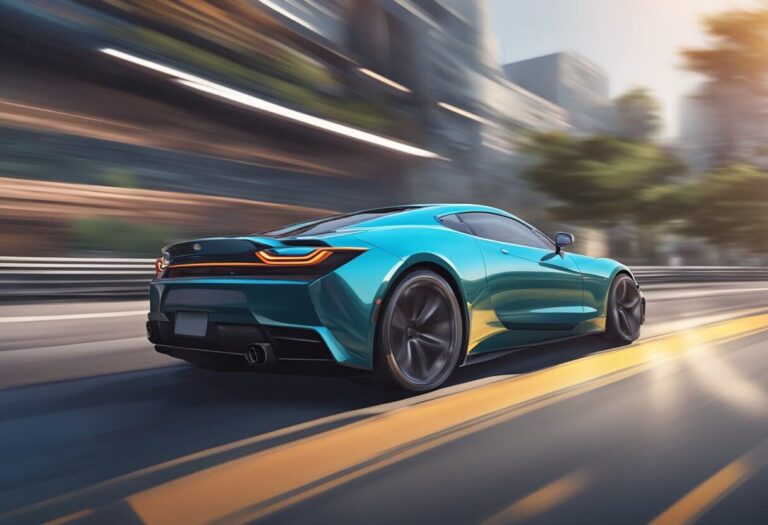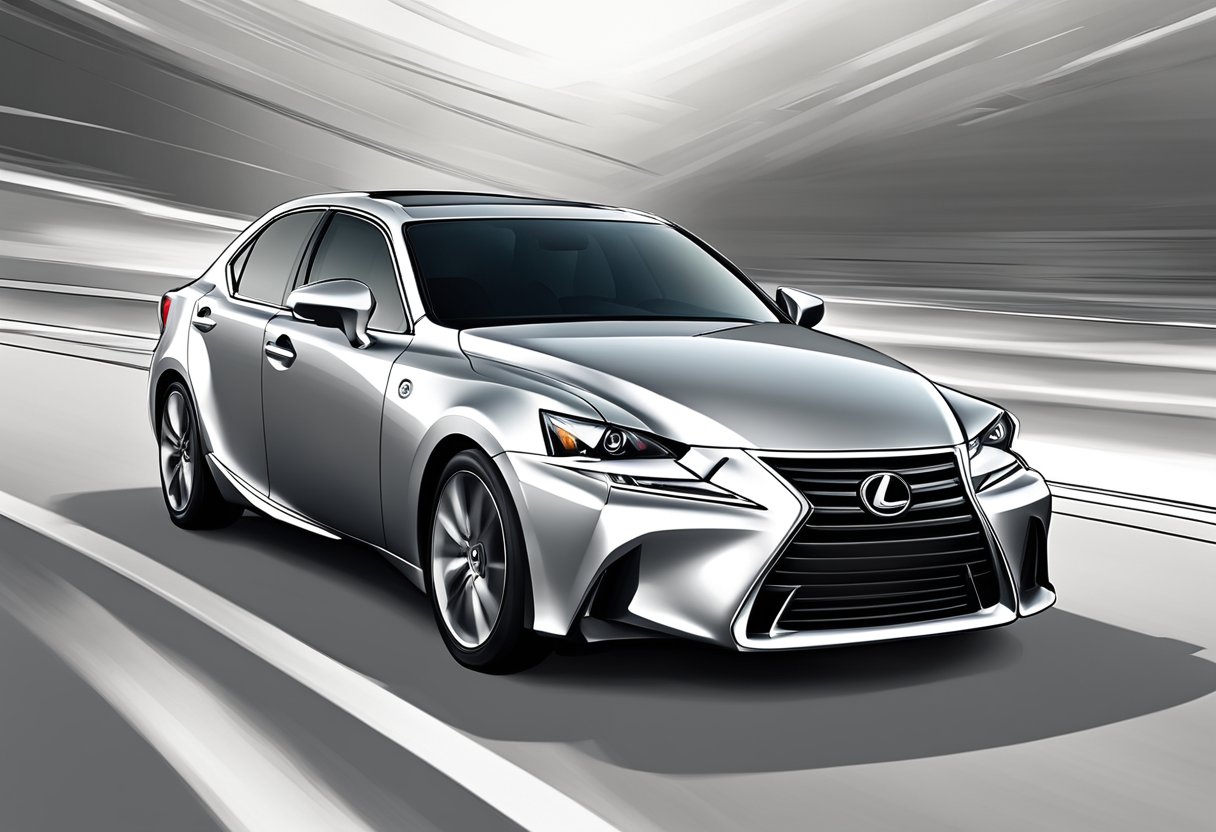
Do you want to know how fast the Lexus IS 250 can go from 0 to 60 mph? This guide gives you all the details on the 0-60 acceleration times for different model years.
The 0-60 mph time shows how quickly a sports sedan can speed up from a full stop. This is an important way to judge its overall power and responsiveness. In this article, we’ll look closely at the 0-60 times for the Lexus IS 250 across different years, trims, and drivetrains.
We’ll also see how the IS 250’s acceleration compares to its competition. Plus, we’ll explore what factors impact its 0-60 performance and whether this metric is still relevant today. Get ready to learn everything about the IS 250’s capability to accelerate from 0 to 60 mph!
Introduction to the Lexus IS 250
Before we delve into the acceleration data, let’s briefly introduce the Lexus IS 250. This compact luxury sports sedan has been a part of the Lexus lineup since 2006, known for its stylish design, upscale interior, and overall refinement.
The IS 250 is powered by a 2.5-liter V6 engine, which, while not the most potent in its class, still provides respectable performance. Over the years, Lexus has offered the IS 250 with various drivetrain configurations, including rear-wheel drive (RWD), all-wheel drive (AWD), and performance-oriented F Sport trims.
2006-2008 Lexus IS 250 0-60 MPH Times
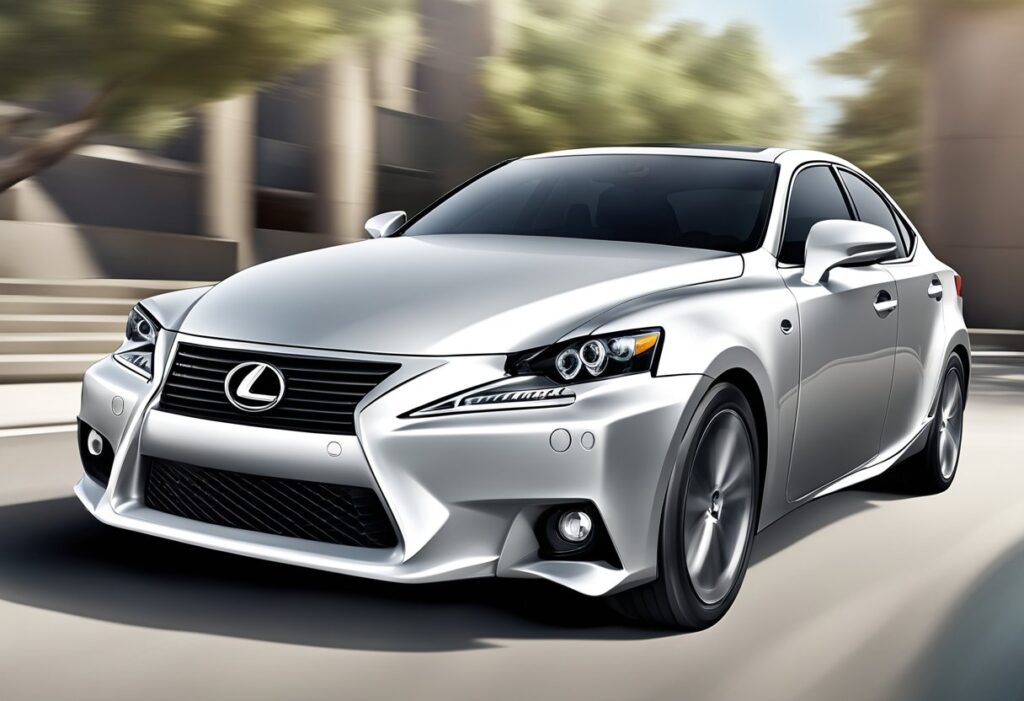
Let’s start our exploration of the Lexus IS 250’s 0-60 mph times with the first generation, which spanned the 2006 to 2008 model years.
According to independent testing, the 2006 Lexus IS 250 could accelerate from 0 to 60 mph in around 7.1 to 7.2 seconds. This time remained consistent for the 2007 and 2008 model years as well.
In addition to the 0-60 mph times, here are some other relevant performance figures for the 2006-2008 IS 250:
- Quarter-mile time: Approximately 15.4 seconds at 90 mph
- Top speed: 143 mph (230 km/h)
While these acceleration times were respectable for a compact luxury sedan, they weren’t particularly impressive compared to some of the IS 250’s more powerful competitors.
2009-2013 Lexus IS 250 Acceleration
Moving on to the second generation of the Lexus IS 250, which spanned the 2009 to 2013 model years, we see a slight decrease in acceleration performance.
The 2009 Lexus IS 250 could go from 0 to 60 mph in around 7.9 seconds, which was a bit slower than the previous generation. This time remained consistent for the 2010, 2011, 2012, and 2013 model years as well.
However, it’s important to note that Lexus introduced various trim levels and drivetrain configurations during this period, which impacted the acceleration times. For instance:
- The IS 250 AWD (all-wheel drive) models were slightly slower, with a 0-60 mph time of around 8.3 seconds.
- The IS 250 F Sport trim, with its sport-tuned suspension and other performance enhancements, could achieve a 0-60 mph time of around 7.2 seconds.
Other relevant performance figures for the 2009-2013 IS 250 include:
- Quarter-mile time: Approximately 16.0 seconds at 87 mph
- Top speed: 143 mph (230 km/h)
While the 0-60 mph times for the 2009-2013 IS 250 were decent, they still lagged behind some of the more powerful competitors in the compact luxury sports sedan segment.
2014 Lexus IS 250 0 to 60 MPH Performance
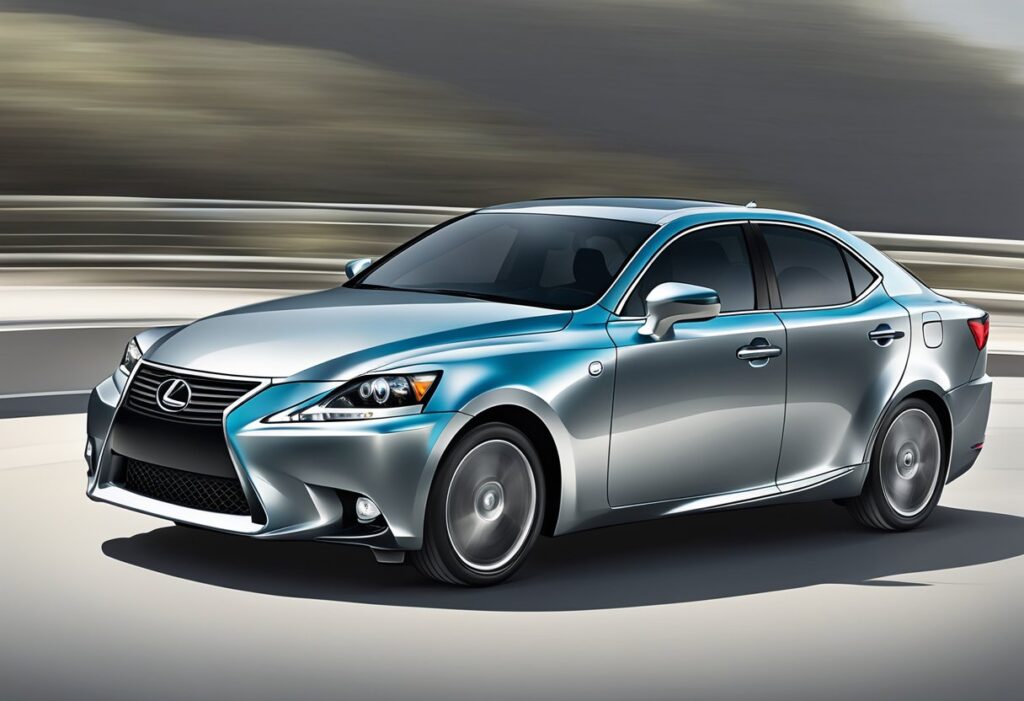
The 2014 model year marked the beginning of the third generation of the Lexus IS 250, and it brought some improvements in acceleration performance.
The 2014 Lexus IS 250 with RWD (rear-wheel drive) could accelerate from 0 to 60 mph in around 7.9 seconds, which was on par with the previous generation’s base model.
However, Lexus also introduced some performance-oriented variants that offered quicker acceleration:
- The 2014 IS 250 F Sport could reach 0-60 mph in approximately 7.2 seconds.
- The 2014 IS 250 AWD (all-wheel drive) model took around 7.9 seconds to hit 60 mph, similar to the RWD variant.
Other relevant performance data for the 2014 IS 250 include:
- Quarter-mile time (IS 250 F Sport): 15.6 seconds at 89.4 mph
- Top speed: 143 mph (230 km/h)
While the 2014 IS 250 F Sport offered improved acceleration over the base model, it still lagged behind some of the more potent competitors in its class.
How the Lexus IS 250’s 0-60 Times Compare?
To put the Lexus IS 250’s 0-60 mph acceleration times into perspective, let’s compare them to some of its key rivals in the compact luxury sports sedan segment.
During the 2006-2013 model years, the BMW 3 Series (with its inline-six engine) consistently outperformed the IS 250 in terms of acceleration. For example, the 2009 BMW 328i could reach 0-60 mph in around 6.0 seconds, which was a full second quicker than the IS 250 of the same year.
Similarly, the Mercedes-Benz C-Class often had an edge over the IS 250 in terms of acceleration, thanks to its more powerful engine options.
While the Lexus IS 250 wasn’t the quickest in its class, its acceleration times were still respectable for a compact luxury sports sedan, especially when considering its emphasis on refinement and overall driving dynamics.
Factors Affecting IS 250 Acceleration
Several factors contribute to the Lexus IS 250’s acceleration performance, including:
Engine Specifications
The IS 250 is powered by a 2.5-liter V6 engine, which produces around 204 horsepower and 185 lb-ft of torque. While these figures are decent, they’re not exceptional for a sports sedan, which partly explains the IS 250’s relatively modest acceleration times.
Drivetrain and Transmission
Most IS 250 models come equipped with a six-speed automatic transmission, although earlier models offered a six-speed manual option as well. The automatic transmission’s shift logic and gear ratios can impact acceleration performance.
Additionally, the IS 250 is available with both rear-wheel drive (RWD) and all-wheel drive (AWD) configurations. AWD models tend to be slightly slower due to the added weight and drivetrain complexity.
Curb Weight and Tires
The IS 250’s curb weight, which ranges from around 3,400 to 3,700 pounds depending on the model year and trim, can also influence its acceleration. Lighter vehicles generally accelerate faster, all else being equal.
The tires fitted to the IS 250 can also play a role, with higher-performance tires providing better traction and grip for quicker acceleration.
Chassis Dynamics
While not directly related to acceleration, the IS 250’s chassis dynamics, including its suspension setup, steering feel, and overall balance, can affect how well the available power is translated into actual performance.
Tips to Improve 0-60 MPH Times
If you’re an IS 250 owner looking to improve your car’s 0-60 mph acceleration times, here are a few tips:
- Lightweight Components: Replacing heavy components like wheels, exhaust systems, and even seats with lighter alternatives can shave off precious pounds and improve acceleration.
- Performance Tires: Upgrading to higher-performance tires can provide better traction and grip, allowing the engine’s power to be more effectively translated into acceleration.
- Transmission Tune: Having your transmission’s shift logic and gear ratios optimized by a professional can help extract more performance from the existing powertrain.
- Aftermarket Mods: More extensive modifications like engine tuning, forced induction (turbocharging or supercharging), and exhaust upgrades can significantly boost the IS 250’s power and acceleration capabilities.
Keep in mind that some modifications may void your vehicle’s warranty, so it’s essential to research and follow proper procedures.
Is the 0-60 Time Still Relevant Today?
While the 0-60 mph acceleration time has long been a crucial performance metric, its relevance in today’s automotive landscape is sometimes questioned, especially with the rise of electric vehicles (EVs).
EVs, with their instant torque delivery and powerful acceleration, can often outperform traditional gasoline-powered vehicles in the 0-60 mph sprint. As a result, some argue that metrics like 0-100 mph or even 1/4-mile times are more relevant for benchmarking modern performance vehicles.
However, the 0-60 mph time remains an essential and widely recognized metric for comparing different vehicles’ acceleration capabilities. It’s also a useful measure for everyday driving situations, where quick bursts of acceleration are often required for merging, passing, or simply keeping up with traffic.
So, while the 0-60 mph time may not tell the whole story, it’s still a valuable data point for evaluating a vehicle’s overall performance and responsiveness.
The Bottom Lines
Throughout this comprehensive guide, we’ve explored the Lexus IS 250’s 0-60 mph acceleration times across various model years, trim levels, and drivetrain configurations.
While the IS 250 wasn’t the quickest in its class, its acceleration times were still respectable for a compact luxury sports sedan, ranging from around 7.1 to 7.9 seconds for the 0-60 mph sprint, depending on the specific model and configuration.
Factors like engine specifications, drivetrain, curb weight, tires, and chassis dynamics all played a role in shaping the IS 250’s acceleration performance.
Compared to rivals like the BMW 3 Series and Mercedes-Benz C-Class, the Lexus often lagged behind in terms of outright acceleration, but it made up for it with its emphasis on refinement, driving dynamics, and overall luxury experience.
While the 0-60 mph time may not be the sole determinant of a vehicle’s performance capabilities, it remains an essential metric for evaluating acceleration and responsiveness, particularly in everyday driving situations.
As we move into an era of electric vehicles with instant torque delivery and blistering acceleration, the relevance of the 0-60 mph time may evolve, but it will likely continue to be a vital benchmark for comparing different vehicles’ performance characteristics.
